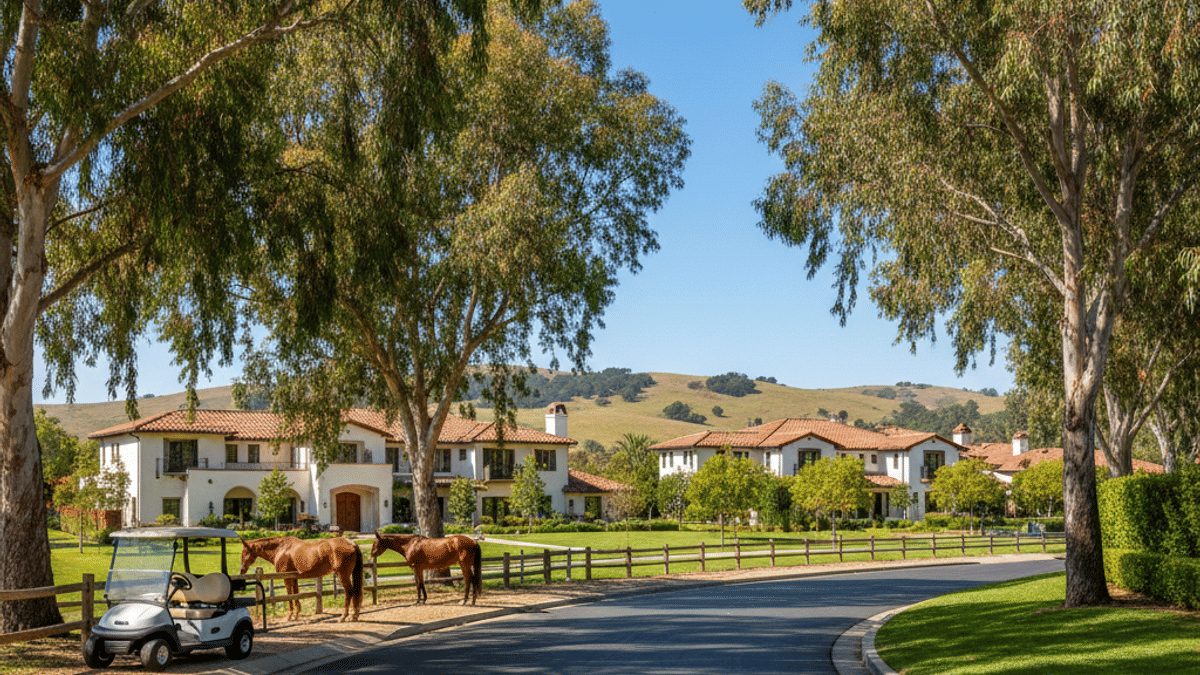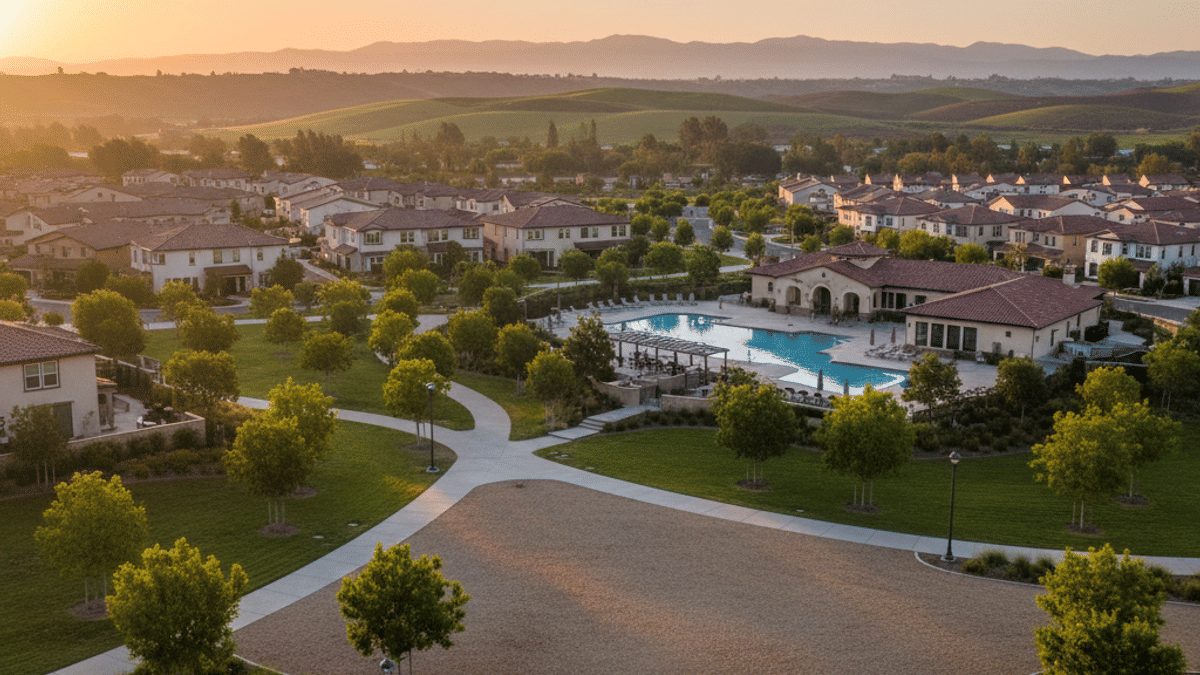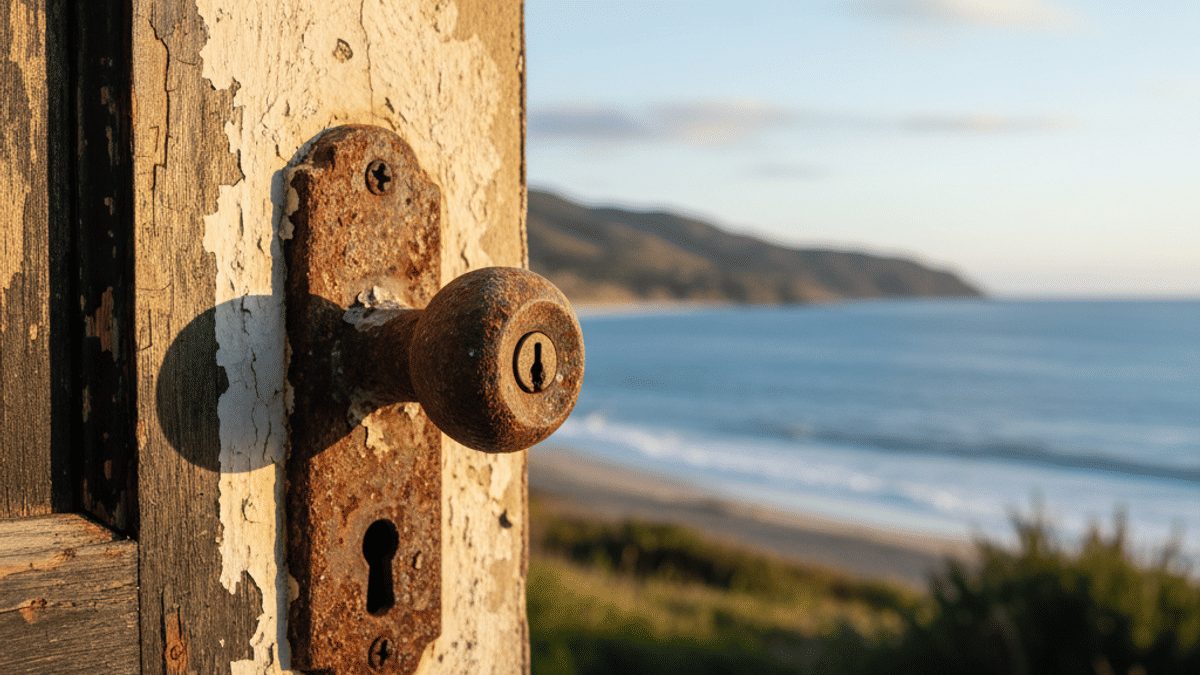You bought a place in San Clemente, fell hard for the sea air, and now you’re wondering: how long should you own a home before selling San Clemente real estate for a tidy profit? There’s no perfect clock on the wall, yet patterns, dollar-sign math, and a few local quirks do point to a sweet spot. Pour a coffee and let’s pull the thread.
Why Timing Isn’t Just a Guess
Owning a home isn’t like holding a lottery ticket. Value rises in waves, you chip away at the mortgage, and certain tax perks kick in only after the calendar flips a specific number of times. Rush the sale and you can leave five-figure gains behind. Wait too long and you might watch interest rates, insurance costs, or buyer enthusiasm eat into that upside.
Bottom line: timing equals leverage.
San Clemente at a Glance
Locals joke that the city is 18 square miles of permanent vacation. True enough, though a vacation vibe doesn’t stop price tags from acting like big-city assets. Median sale prices crossed the million-dollar line years ago, and property data from the California Association of Realtors shows the area pacing ahead of the statewide appreciation curve by roughly one to two percentage points annually over the last decade.
A couple of quick-fire facts you can hang your hat on:
- Annual resale activity usually spikes from late February through June.
- Inventory often slips under the three-month mark, creating competition.
- Ocean-view condos and single-level cottages swap hands fastest.
Those ingredients make the question of how long should you own a home before selling San Clemente property even more interesting, because a market with limited supply doesn’t punish owners who hold out for the right number.
Nationwide Holding Habits vs. Coastal Reality
Research firm CoreLogic clocks the average U.S. homeowner at roughly 8.2 years before cashing out. Pull the lens in on coastal Southern California and that average stretches past 10 years. Why the extra patience?
- Higher entry prices mean bigger down payments. Owners want more time to grow equity.
- Outdoor lifestyle sells itself, so vacation-home demand cushions the market against slumps.
- Remodeling culture is strong; people sink money into upgrades, then need longer ownership to recoup costs.
Even so, quick exits do happen. Military transfers out of Camp Pendleton, tech relocations to Austin, or just the itch to try a different stretch of coastline can send owners packing within three to five years. The trick is balancing personal life with market rhythm.
Equity, Appreciation, and the Five-to-Seven-Year “Goldilocks” Zone
Let’s talk numbers. Skip the spreadsheets for a second and think conceptually:
Year 1–2
- Your monthly payments lean heavily toward interest.
- Closing costs are still a fresh bruise.
- Appreciation can cover some of that pain, but not all.
Year 3–4
- Principal reduction finally grows legs.
- Renovations and curb-appeal projects start bearing fruit.
- Transaction costs on a sale still bite hard.
Year 5–7
- A noticeable chunk of your payment is attacking principal.
- Compounded appreciation plus equity pay-down often rivals 30 percent of the original price.
- Re-sale fees hurt less because your net is fatter.
Hit year 8, 9, or 10 and you’re likely sitting on even more equity, though you now face questions about aging mechanicals or style fatigue. Roof due? Kitchen looks dated? Repairs can erode the net if you overstay.
Many local agents therefore call five to seven years the “Goldilocks” zone—long enough to build profit, short enough to dodge large capital replacements. That aligns neatly with how long you should own a home before selling San Clemente–based property if profit is a primary motivator.
The Two-Year Tax Threshold Everyone Forgets
The IRS rules on capital-gain exclusion deserve a quick spotlight. Own and occupy your place for at least two of the past five years and you can shield up to $250,000 in gain if you file solo, double that if you file jointly. Miss that mark and Uncle Sam takes a slice.
Plenty of owners discover this too late. They accept an out-of-state job offer, list the house at 18 months, then watch the tax bill carve away what looked like an amazing windfall. So even if life yanks you elsewhere, crunch the numbers on temporary renting to cross that two-year finish line before you sell.
Personal Triggers That Override All the Data
We can geek out on averages forever. Sometimes real life hollers louder.
- A growing household needs an extra bedroom, pronto.
- A remote-friendly job means you can finally chase acreage inland.
- Divorce, inheritance, or health setbacks shove plans forward.
In these moments, time-owned stats freeze in place. What matters is liquidity, speed, and smart pricing. Still, understanding typical holding periods helps you predict negotiation leverage. If you’re forced to sell at year two, lean into accurate pricing rather than swinging for the fences. Overprice and you linger on the market, which burns leverage even faster.
Reading the San Clemente Tea Leaves
Not every market signal flashes in neon. Keep an eye on these quiet indicators:
- Average Days on Market dips under 20. Buyers are tripping over each other.
- List-to-sale price ratios hover above 99 percent. That screams leverage.
- New construction releases inland in Rancho Mission Viejo. Extra supply can pull some demand away from the coast, hinting at a better listing window before inventory grows.
- Federal rate cuts spark a mortgage-application surge. Cheaper money equals broader buyer pools.
If two or more of those bullets fire at once and you’re past year five of ownership, the stage is set.
Seasonal Sweet Spots
San Clemente’s beach climate looks mild on paper, yet selling patterns behave with subtle seasonality:
- Early spring: Pent-up demand collides with post-holiday optimism.
- May to early July: Families try to settle before the next school year.
- September lull: Vacation momentum fades, but serious buyers sniff opportunity.
- November and December: Listings thin out. A bold seller can stand out, though you’ll host fewer showings.
Most owners list between Valentine’s Day and Memorial Day. Joining that wave isn’t mandatory, but ignoring it means missing extra eyeballs.
Myths That Keep People Frozen
Myth 1: “I have to remodel the entire house or buyers will walk.”
Reality: Light cosmetic updates often punch above their weight. Fresh paint, updated lighting, and pro staging can overshadow a decade-old bath.
Myth 2: “Waiting always yields more equity.”
Reality: Rising rates can neutralize appreciation. Bailing during a low-rate frenzy can work out better than clinging through a flat spell.
Myth 3: “Renting the place will cover the mortgage forever.”
Reality: Coastal rental laws tighten profit margins. A small vacancy can torch a year’s gain.
Kick those myths to the curb and decide based on present-day math, not folklore.
Putting It All Together
Ask yourself three quick questions:
- Have you crossed the two-year ownership line to shelter gains?
- Is equity plus appreciation strong enough after five-plus years to absorb selling costs?
- Do market signs show buyer demand cooking right now?
If you nod to at least two, list prep might start tonight. If you strike out on all three, you’re probably early.
Ready to Do the Math With Someone Local?
Online articles are a great warm-up. Real clarity lands when a local pro pulls your mortgage balance, compares recent comps, and plugs in the tax variables unique to you. You walk away knowing whether the five-year mark or the seven-year mark fits your wallet better.
Reach out, toss every “what if” on the table, and let’s translate time-owned into actual profit. Because guessing? That’s for tourists buying souvenir T-shirts on the pier. You have bigger plans.












